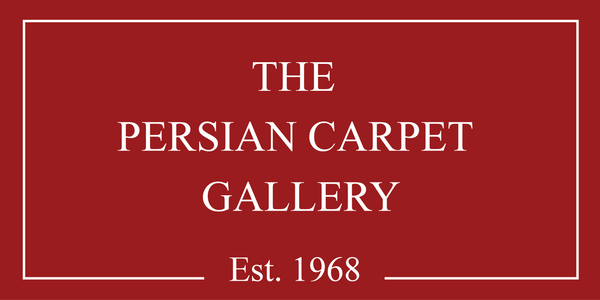A Rare Persian Kilim from the Mausoleum of Sheikh Safi al-Din

Kilim: A Masterpiece from North-West Persia
Origin: North-West Persia, Early 17th Century
Collection: Iran Bastan Museum, Tehran
Dimensions: 319 x 127 cm (126 x 50 in)
Material: Wool (Warp and Weft)
A Rare Persian Kilim from the Mausoleum of Sheikh Safi al-Din
This exquisite Persian kilim is a historically significant masterpiece, originating from the early 17th century. It was discovered in the mausoleum of Sheikh Safi al-Din, located in the mosque at Ardebil, a renowned site for Persian rug and textile heritage.
Unlike traditional kilims that feature characteristic slits from their weaving technique, this particular piece showcases an advanced level of craftsmanship that eliminates these slits, creating a seamless and highly refined structure.
Design & Artistic Significance
The composition of this Persian kilim is remarkable, featuring two large vases facing each other, brimming with an intricate arrangement of flowers. These floral motifs are enclosed within an elaborate arabesque framework, symbolizing the rich Persian tradition of ornamental design.
Beyond the central vases, the kilim's field is adorned with an enchanting display of flowers and foliage, demonstrating the weaver's masterful attention to detail. The border design consists of elongated cartouches, each studded with delicate floral patterns and separated by intricately woven medallions that interlace in a figure-eight motif, adding to its dynamic visual appeal.
Historical & Cultural Context
Kilim weaving in Persia dates back centuries and has been an integral part of the region’s cultural identity. This particular kilim, originating from Ardebil, aligns with the artistic influences of the Safavid dynasty, a period renowned for its flourishing textile and carpet production. Persian kilims, unlike pile carpets, are flat-woven textiles known for their durability, lightweight nature, and reversible designs, making them a treasured component of Persian heritage.
Why This Persian Kilim Stands Out
-
Unique Structure: Unlike conventional kilims, it lacks the typical slits, showcasing advanced weaving skills.
-
Historic Significance: Originates from the mausoleum of Sheikh Safi al-Din, an important Persian historical figure.
-
Intricate Floral Design: A sophisticated interplay of vases, arabesques, and floral embellishments.
-
Safavid Influence: Reflects the grandeur and artistic excellence of Persian weaving traditions.
Explore More Persian Kilims & Rugs
At The Persian Carpet Gallery, we specialize in offering authentic Persian kilims and handmade carpets from across the world. Discover our exclusive collection and experience the timeless artistry of Persian textile heritage.
For inquiries or to explore our collection, contact us today or visit our showroom.
